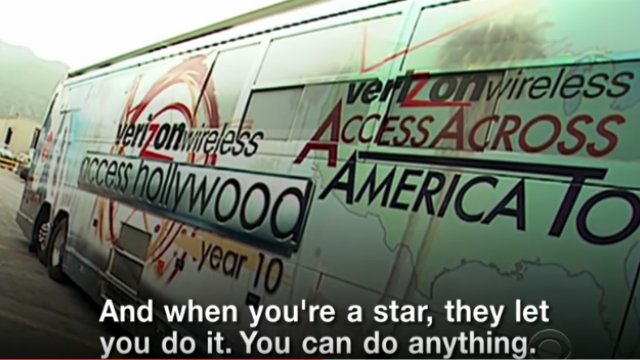Pull up a chair. I think we're going to be here a while.
You know what you're left with. The hats.
Q) If you can't see why those hats *are* an act of overt racism then you're part of the problem!
A) I said we were going to bracket that particular unwindable argument. But here's the thing: the boys were not accused of wearing MAGA hats
A) I have watched everything that people seem to have in mind when they talk about "the other videos". I have watched so much video. I have bingewatched the Complete Nathan Phillips, Season 1
2) A video of boys, allegedly from CCA, offensively catcalling a woman that day
3) A Youtube dissection claiming to prove that Sandmann moved to block Phillips.
4) A video of a 2012 CCA game involving blackface.
That said, this would have taken place when Sandmann was 10 or 11. It doesn't convict him of anything. Collective guilt is not an American value, or indeed a value of any decent society.
Yet these things may well happen anyway to him, because social media went berserk over much worse imagined offenses.
That isn't why I wrote this.
I wrote about this because of all the people I saw in my social media feeds *glorying* in the fact that Sandmann's life was going to be wrecked.
"Good ideas do not need lots of lies told about them in order to gain public acceptance"
"I tell you this, once a man gets a reputation as a liar, he might as well be struck dumb, for people do not listen to the wind."
"Suppose one reads a story of filthy atrocities in the paper. Then suppose that something turns up suggesting that the story might not be quite true, or not quite so bad as it was made out ..."
pllqt.it/zChRc6
I close with a reminder that this is not a restatement of my column; it's ancillary material that didn't fit. The column is here: washingtonpost.com/opinions/adult…
And please do read it. Also, hug someone.
-- 30 --






